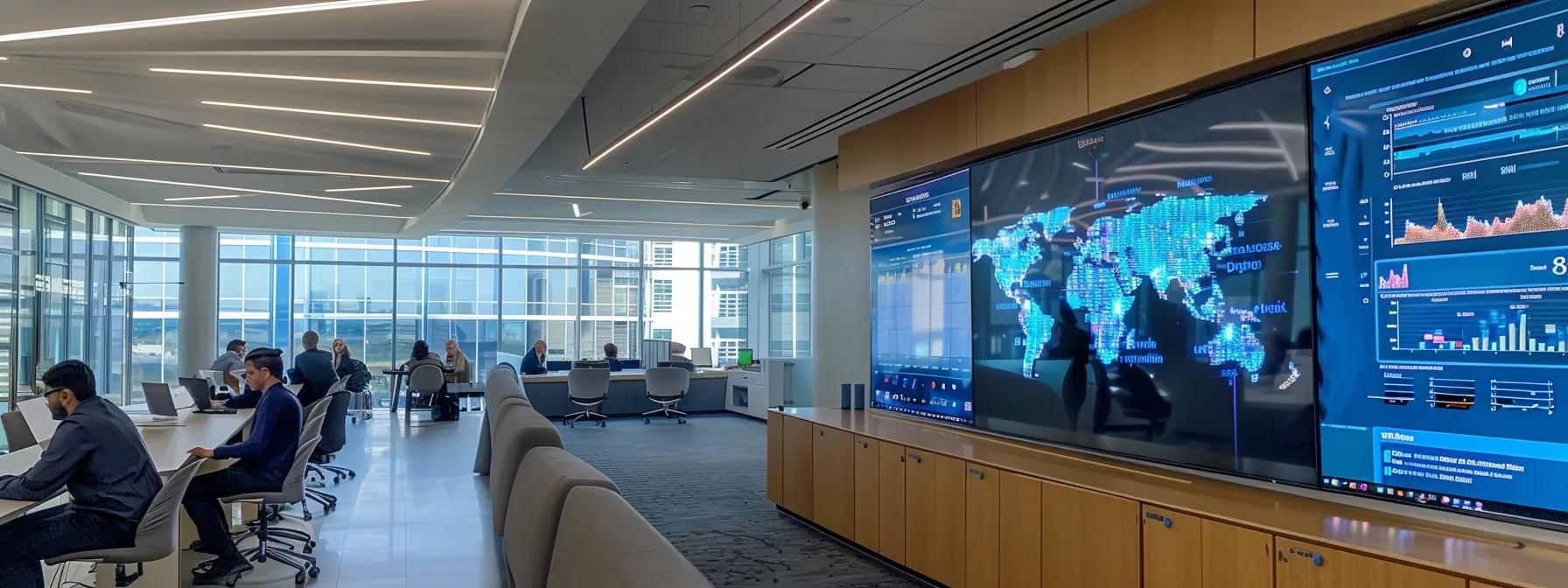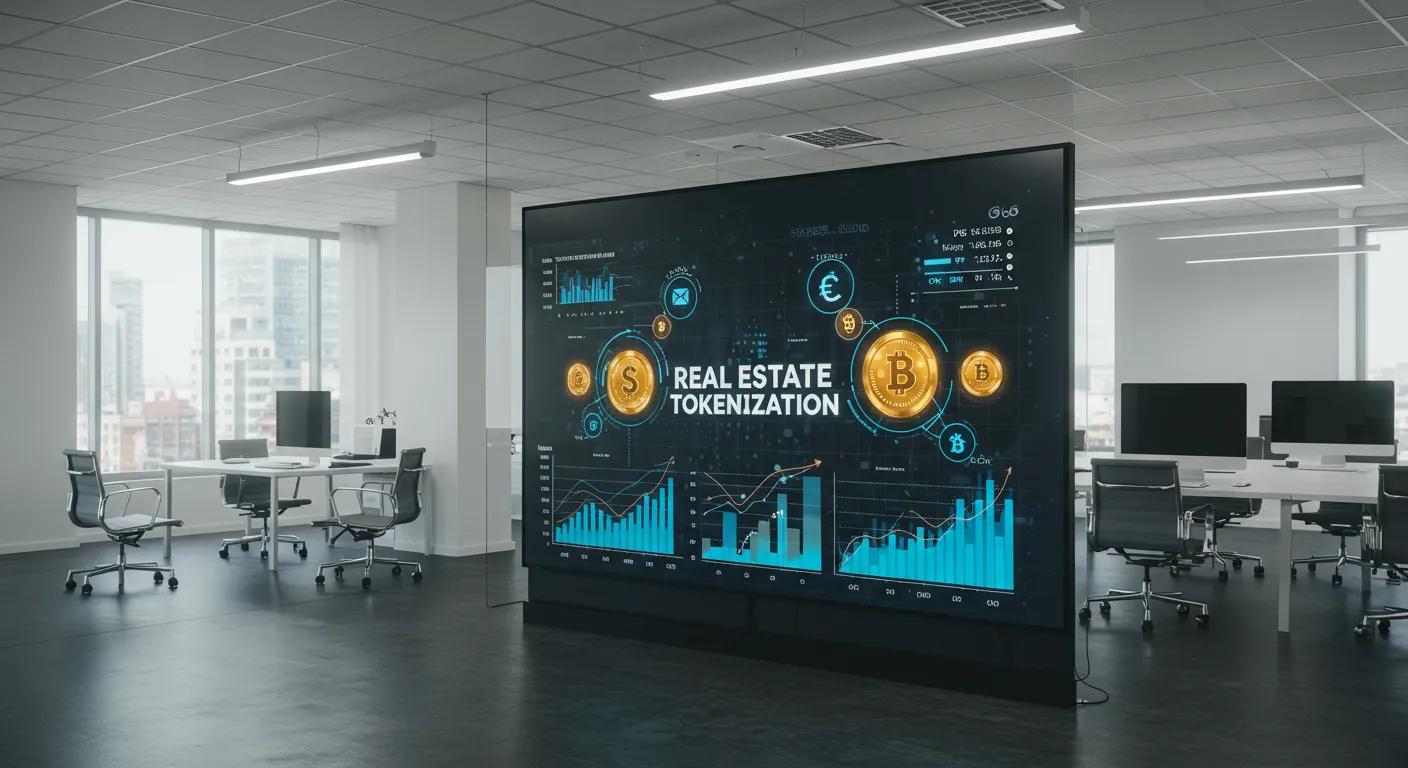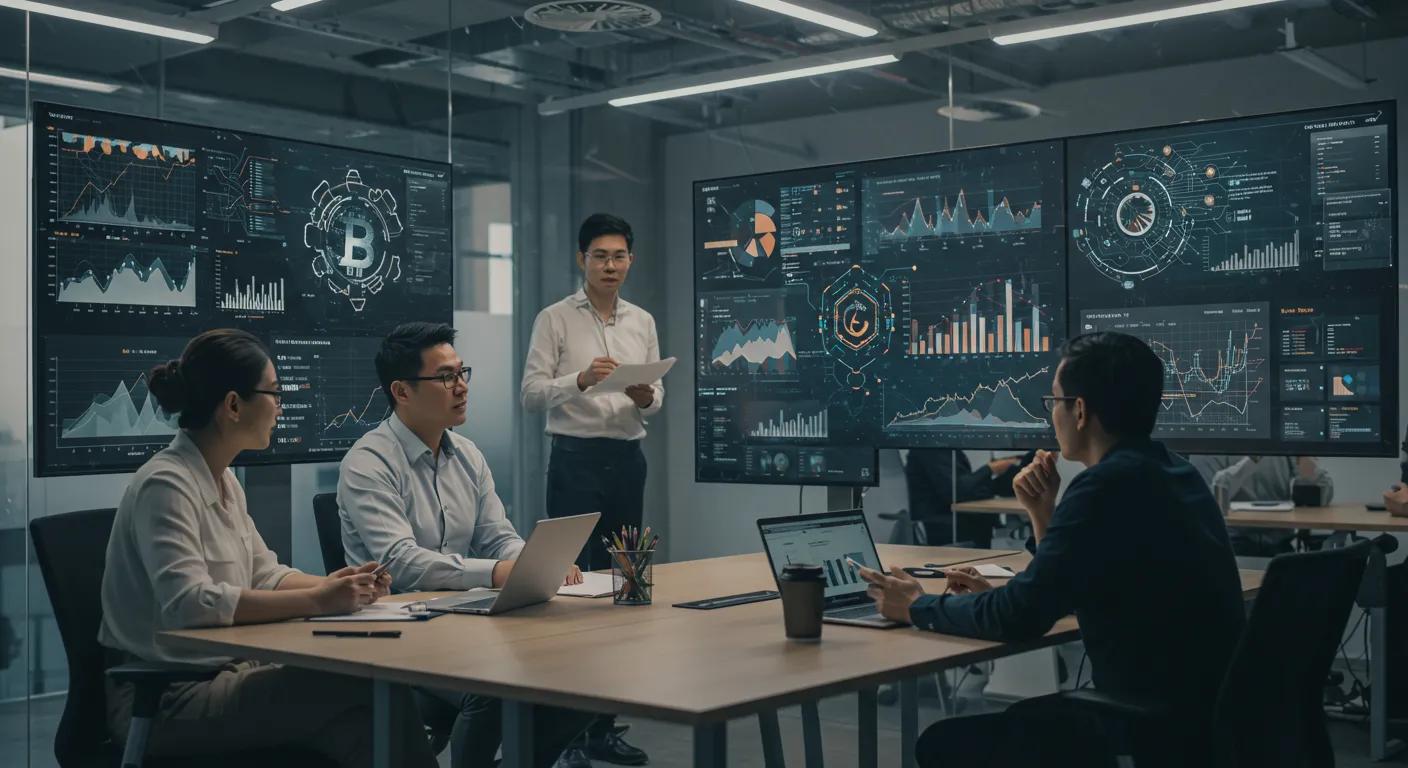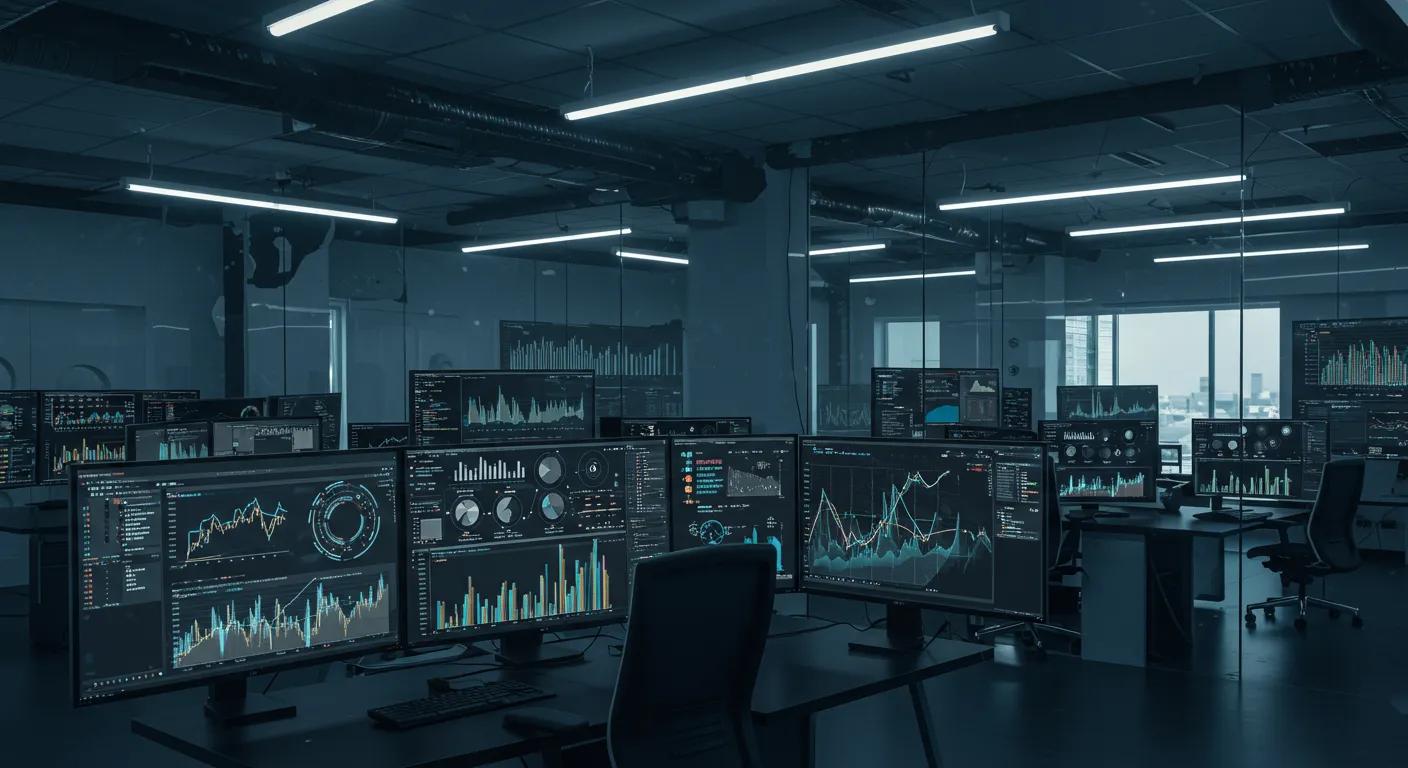
The Impact of Blockchain on Supply Chain Management Practices
Real-World Assets (RWA): Bridging Physical and Blockchain Worlds
In today’s dynamic financial landscape, real-world assets (RWAs) are attracting renewed attention as tangible items are integrated with blockchain technology. This integration enhances transparency, security, and liquidity while providing investors with global market access. The article explains how physical assets can be digitized into tokens, outlines the benefits and challenges of this innovation, and highlights future trends. Stakeholders can thereby leverage these innovations to optimize asset management, reduce intermediary costs, and achieve better
.
Understanding Block Chain Technologies in Real World Assets
Blockchain technologies allow physical assets—such as real estate, commodities, and art—to be securely represented on digital ledgers. By digitizing these assets, blockchain creates immutable records that enhance investor confidence and enable straightforward verification of asset provenance and market value.
Defining Real-World Assets in the Digital Age
Real-world assets include tangible items like property, natural resources, and collectibles. Digitization transforms these into tradeable tokens with permanent records, enhancing transparency and reliability for investors.
The Mechanism of Connecting Physical Items to Blockchains
Tokenization converts physical assets into digital tokens through smart contracts. These contracts enforce rules for ownership transfers, while third-party audits and IoT devices help verify asset conditions. This process builds trust among global investors.
Benefits of Representing Tangible Assets on-Chain
Tokenization increases liquidity, improves transparency, and reduces costs by automating transfers. Blockchain’s immutable ledgers ensure secure record keeping and accelerate settlement times, streamlining overall asset management.
Key Differences Between Traditional Assets and Tokenized RWAs
Traditional asset management often involves manual processes that are prone to delays and fraud. In contrast, tokenized RWAs use
for precise, verifiable transactions, making investments more accessible and democratized globally.
Real Estate Tokenization Unlocking Property Investment

Real estate tokenization converts properties into digital shares, allowing fractional ownership. This innovation increases liquidity and lowers capital entry barriers, benefiting both institutional and retail investors.
How Real Estate Tokenization Works for Investors
Investors acquire digital tokens representing fractions of a property. These tokens, traded on blockchain platforms, offer verifiable claims to the underlying asset and automate the distribution of rental income through smart contracts.
Fractional Ownership Opportunities in Tokenized Property
Fractional ownership permits investors to hold a portion of high-value properties without needing full purchase capital. This approach reduces risk, supports diversification, and can combine tokens to fund larger developments.
Enhancing Liquidity in Real Estate Markets Through Tokens
Tokenization enables real estate to be traded quickly on secondary markets. Real-time transactions reduce the friction commonly associated with traditional property sales, fostering continuous market operation.
Legal Frameworks Surrounding Real Estate Tokenization
A solid legal framework is needed to merge traditional real estate investments with blockchain technology. Regulatory standards—addressing securities, anti-money laundering, and taxation—are evolving to protect investors and ensure compliance.
Successful Examples of Real Estate Tokenization Platforms
Platforms like RealT and Harbor have demonstrated that tokenizing residential properties can yield rental income and property appreciation. Their success is built on rigorous compliance, transparent audit trails, and intuitive user interfaces.
Revolutionizing Supply Chain Management With Blockchain
Blockchain is transforming supply chain management by offering complete transparency and traceability. As global trade becomes more complex, blockchain solutions help in tracking goods from origin to consumer while enhancing efficiency and trust.
Improving Transparency in Supply Chain Operations
Every transaction recorded on blockchain enhances data integrity. This transparency allows stakeholders to monitor product movement, verify shipments, and quickly pinpoint disruptions, thereby reducing errors and fraud.
Enhancing Traceability of Goods Using Distributed Ledgers
Distributed ledgers assign unique identifiers to products, detailing their quality, origin, and handling history. This traceability is crucial in industries where compliance with strict quality standards is essential, such as pharmaceuticals and food.
Combating Counterfeiting in Supply Chain Management
Blockchain’s immutable records help authenticate products, making it difficult for counterfeit goods to infiltrate the supply chain. Enhanced verification processes protect brand integrity and build consumer trust.
Streamlining Payments and Settlements in Logistics
By automating settlements through smart contracts, blockchain reduces dependency on intermediaries. Real-time verification and lower processing fees contribute to faster and more secure logistics payments.
Case Studies of Blockchain in Supply Chain Management
Companies like IBM and Maersk use blockchain to significantly enhance supply chain operations. For example, IBM’s Food Trust platform enables consumers to trace food items back to their source, ensuring high standards of safety and quality.
The Impact of Blockchain Technologies Across Different Sectors via RWAs

Blockchain’s application extends beyond real estate and supply chain by influencing sectors such as commodities and intellectual property. Tokenization enables secure, transparent management of various asset classes.
Tokenizing Commodities and Natural Resources
Assets like oil, gas, and precious metals are being tokenized to enable fractional trading. Digital tokens allow real-time valuation adjustments and help manage exposure risks during market volatility.
Art and Collectibles as Tokenized Real-World Assets
Artworks and collectibles, traditionally hard to value and illiquid, are increasingly tokenized. This innovation improves market liquidity, offers fractional ownership, and assures provenance and authenticity.
Intellectual Property Management Using Blockchain
Blockchain simplifies the management of intellectual property by linking tokens to patents or copyrights. This system secures proof of ownership and streamlines licensing agreements while ensuring proper royalty distribution.
Bringing Traditional Financial Instruments on-Chain
Bonds, private equity, and other conventional financial instruments are now being tokenized, enhancing their transparency and liquidity. On-chain trading reduces intermediaries, speeds up settlement times, and offers the security benefits of blockchain.
Core Advantages of Integrating Block Chain Technologies in Real World Assets
Blockchain integration delivers significant advantages in asset management, driving down costs and improving market access while ensuring security and efficiency.
Increased Accessibility for Global Investors
Blockchain enables borderless trading, allowing investors worldwide to access tokenized assets. This increased accessibility democratizes investments, especially for smaller investors.
Reduced Transaction Costs and Intermediaries
By automating transactions with smart contracts, blockchain lowers costs associated with intermediaries. Faster settlements and reduced human error further enhance overall market efficiency.
Improved Security and Immutability of Ownership Records
The immutable nature of blockchain records ensures that asset data remains tamper-proof. Robust cryptography protects sensitive information and solidifies investor confidence in asset integrity.
Greater Efficiency in Asset Management and Transfer
Blockchain expedites asset transfers through automation, minimizing the administrative delays of conventional transactions. Real-time verification and reduced paperwork lead to quicker execution of trades.
Navigating Challenges in the RWA Landscape

Despite its appeal, blockchain integration with RWAs faces challenges that must be addressed to fully capitalize on its benefits.
Regulatory Considerations for Tokenized Assets
Diverse regulatory views across jurisdictions create uncertainty. Issuers and investors must work with legal experts to navigate complex frameworks and ensure compliance with international securities laws.
Ensuring Accurate Valuation of Off-Chain Assets
Accurately valuing tokenized physical assets demands robust due diligence, including audits and continuous market monitoring. This process is critical to maintain trust and ensure that digital tokens reliably represent their underlying assets.
Technical Hurdles in Blockchain Integration
Scalability, network speed, and interoperability with legacy systems are key technical challenges. Overcoming these issues requires innovative design and industry-wide collaboration.
Maintaining Data Privacy and Security
Balancing transparency with privacy is crucial. Advanced encryption and strict adherence to data protection regulations, such as GDPR, are necessary to safeguard sensitive information.
The Process of Tokenizing Real-World Assets
The tokenization process is a multi-step approach designed to ensure secure representation of assets on the blockchain while meeting all regulatory requirements.
Asset Selection and Due Diligence for Tokenization
Choosing the right asset involves thorough due diligence, including title verification, financial audits, and assessing market viability. This step is vital to minimize risks and build investor confidence.
Choosing the Right Blockchain Platform for RWAs
Selecting a blockchain platform requires assessing factors like security, transaction speed, and scalability. Platforms such as Ethereum, Binance Smart Chain, and Polkadot are commonly evaluated based on these criteria.
Legal Structuring and Compliance for Asset Tokenization
Establishing a legal framework involves creating entities (e.g., SPVs), drafting detailed token offering documents, and obtaining necessary approvals. This structuring ensures tokenized assets are legally compliant.
Issuing and Distributing Asset-Backed Tokens
Once legal and technical requirements are met, tokens are issued via smart contracts. These tokens are distributed on digital platforms, with every transaction recorded on the blockchain to maintain transparent ownership histories.
Managing Tokenized Assets Post-Issuance
Post-issuance, digital platforms facilitate ongoing management of tokenized assets through regular audits, income distributions, and updates responsive to market changes.
Future Trends in Real-World Assets and Blockchain Integration

The evolution of tokenized RWAs continues as technological advances and market demands shape new opportunities across various asset classes.
The Growth of Decentralized Finance (DeFi) With RWAs
DeFi platforms are incorporating tokenized assets as collateral for loans and yield-generating activities. This trend is set to expand, blending conventional finance with decentralized models.
Interoperability Between Different RWA Protocols
Enhanced interoperability among blockchain networks will allow seamless trading of asset tokens, reducing market fragmentation and simplifying cross-chain transactions.
Advanced Applications of Real Estate Tokenization
Integrating AI and machine learning with tokenized real estate may lead to dynamic pricing models and improved market predictions, further democratizing property investments.
Predictive Analytics in Blockchain-Powered Supply Chain Management
Leveraging blockchain data with predictive analytics helps forecast supply chain disruptions. This proactive approach improves efficiency, reduces waste, and strengthens resilience.
Frequently Asked Questions
Q: What are real-world assets (RWAs) in blockchain? A: RWAs are the digitized versions of tangible assets, allowing them to be managed, traded, and verified on secure, decentralized ledgers.
Q: How does tokenization improve real estate investment? A: It enables fractional ownership, improves liquidity, and automates income distribution, lowering investment barriers.
Q: What challenges exist in integrating blockchain with physical assets? A: Key challenges include regulatory compliance, accurate valuation, technical integration, and balancing transparency with data privacy.
Q: How can blockchain enhance supply chain management? A: It provides immutable and transparent records, improving traceability, reducing counterfeiting, and streamlining settlements.
Q: What trends are driving future adoption of tokenized assets? A: Trends include expanding DeFi integration, enhanced interoperability, advanced real estate analytics, and predictive supply chain management.
Final Thoughts
Real-world asset tokenization is revolutionizing asset management and investment by combining tangible assets with blockchain technology. This transformation increases liquidity, reduces costs, and enhances security. Although regulatory and technical challenges remain, ongoing innovations promise a more transparent and efficient market, ultimately unlocking new global investment opportunities. Digital Fractal is an Alberta Based Technology consultancy with expertise in Blockchain, Mobile Apps, Artificial Intelligence. Cotnact us for your next project.

